As vote-by-mail and other voting procedures come under increasing political debate, Democracy Works remains committed to our core mission: providing nonpartisan election information to help voters participate in our democracy, regardless of the voting methods available to them.
Our Experience with Vote-by-Mail Systems
For more than a decade, Democracy Works has built comprehensive tools and partnerships to support voters using all available voting methods, including mail-in ballots. Our experience spans multiple products and millions of voter interactions:
Ballot Scout: Our pioneering mail ballot tracking system has helped election officials provide transparency and accountability in the mail voting process. Since 2021, Ballot Scout has given both voters and election administrators real-time visibility into ballot statuses and addressing concerns before they become problems.
TurboVote Platform: Through our voter engagement platform, we've helped millions of Americans navigate voting procedures, including providing guidance on mail ballot applications, deadlines, and return processes. And this fall, we will launch a new mail ballot request feature, streamlining the process for voters to request mail-in ballots in their state.
Comprehensive Election Data: Our Elections API powers voting information across major platforms, ensuring that whether voters choose to vote early, by mail, or on Election Day, they have access to accurate, up-to-date information from official sources.
The Data on Mail Voting
All 50 states and D.C. offer mail voting. Only 14 states require voters to provide a qualifying excuse to vote by mail.
Mail-in voting has been a trusted method of election participation in the US for much of the country’s history, even during the Civil War. Before the popularity of mail voting surged in 2020—when a record 43% of the electorate voted by mail—millions of Americans had already relied on mail ballots for decades. Several safeguards are in place to guarantee the integrity of mail-in voting. Election officials most commonly use signature verification procedures to prevent illegal ballots from being cast, though other methods like notarization and witness signatures are also used to prevent fraud. Studies have consistently shown that the rate of fraud is low; one analysis of mail voting across three states in 2016 and 2018 found that just 0.0025% of mail ballots—or 372 of 14.6 million votes cast—were potentially fraudulent.
Our partnerships with election offices—including more than 40 states and dozens of local election offices—across the country have given us unique insight into how mail voting systems work in practice. Election officials consistently report that mail ballots provide a secure, auditable method of voting that increases access for military overseas voters, people with disabilities, and those who cannot physically get to polling locations.
Supporting Voters Through Change
Regardless of how voting procedures evolve, Democracy Works is ready to help voters understand and navigate their options. Our approach focuses on:
- Continual updates: Our Research and Government Affairs teams continuously monitor changes to voting laws and procedures across all 50 states
- Authoritative sources: Our guidance comes directly from state and local election offices
- Comprehensive coverage: We track thousands of elections annually, from federal races to local school board contests
- Trusted partnerships: We work with hundreds of organizations to reach voters through channels they already trust
As this conversation continues, we'll keep doing what we do best: delivering reliable, comprehensive voting guidance to help Americans get the information they need to participate in our democracy.

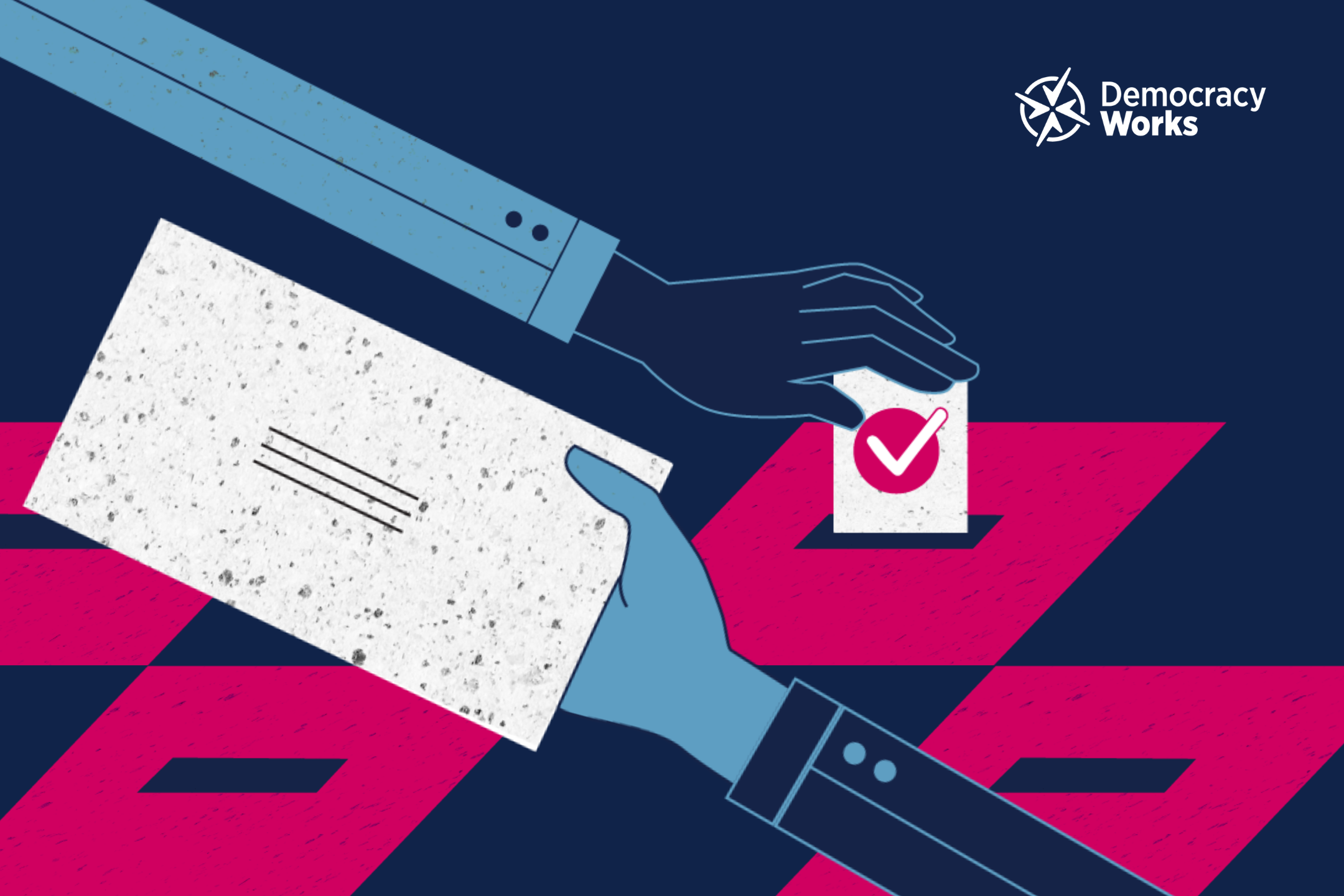

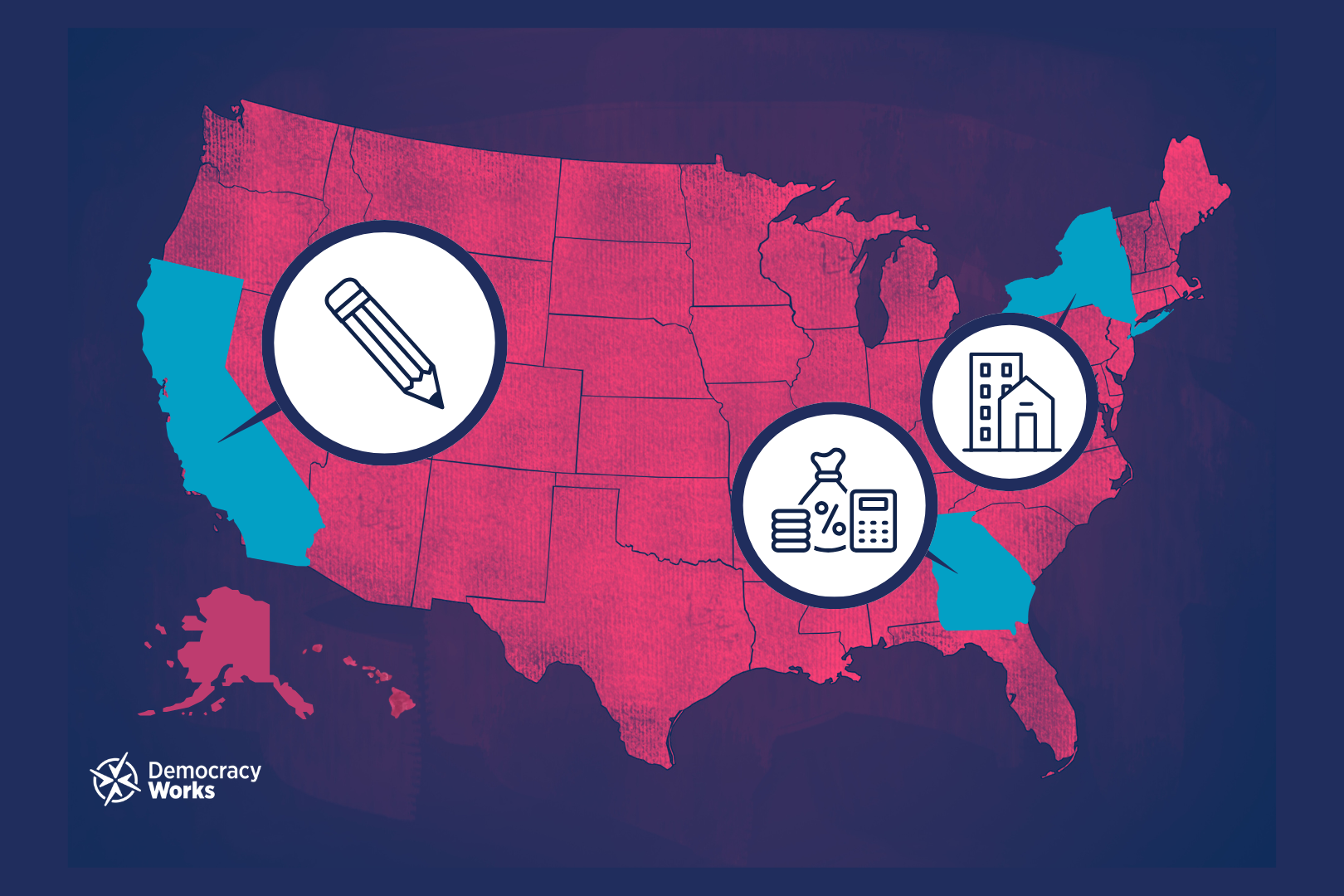
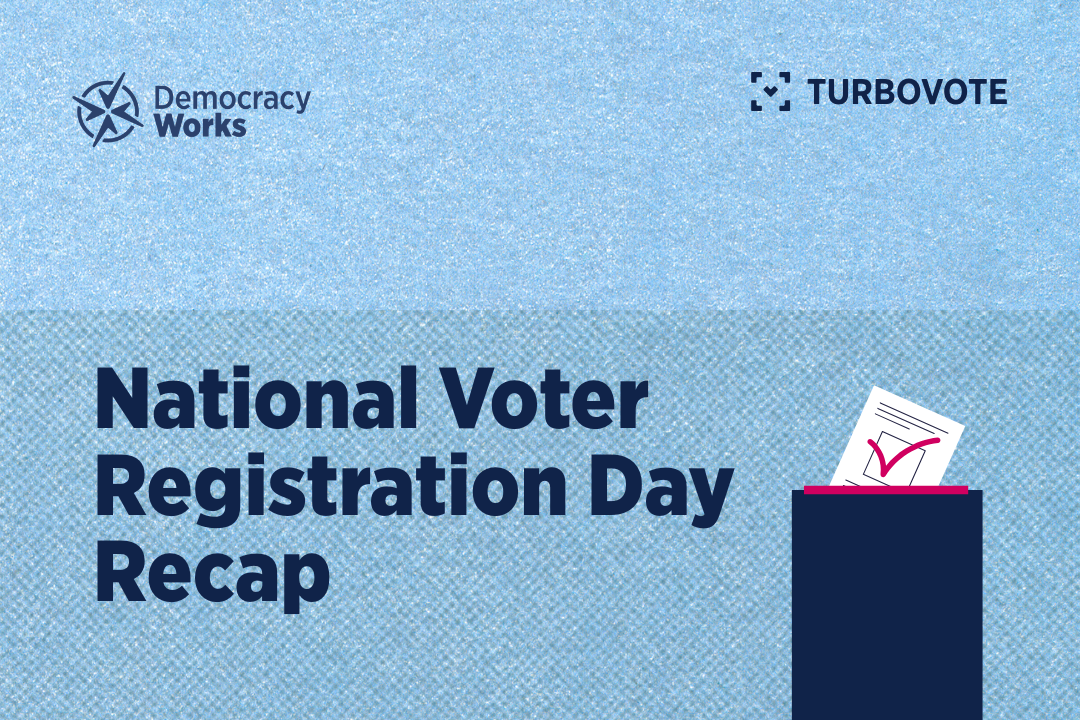
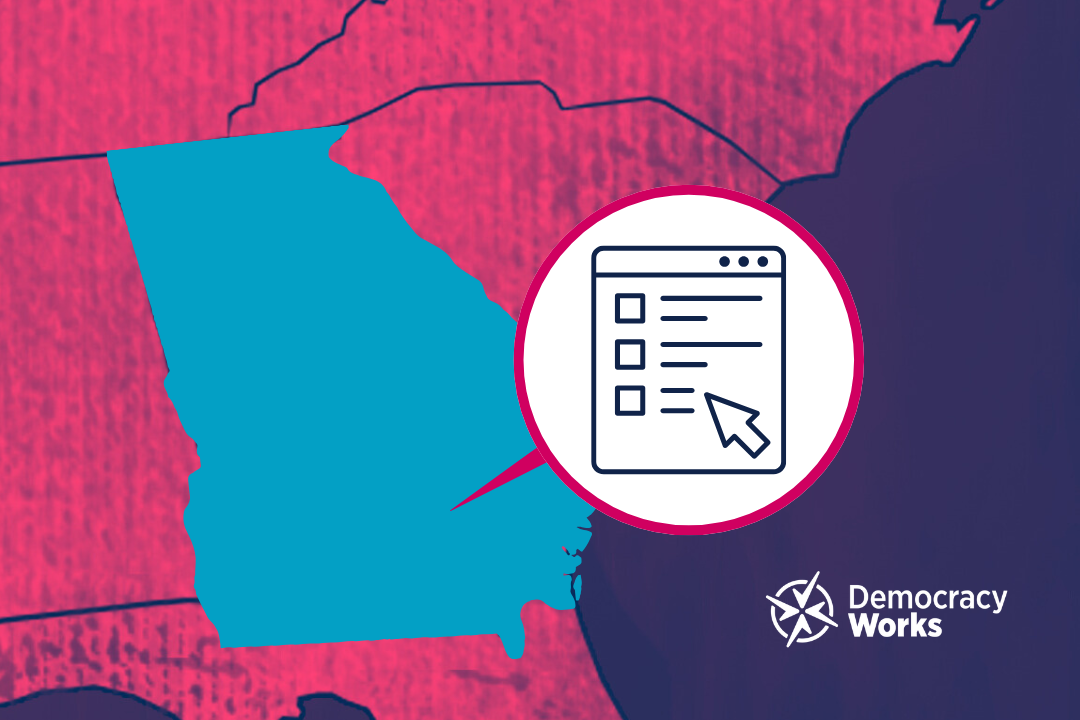

.png)
.png)
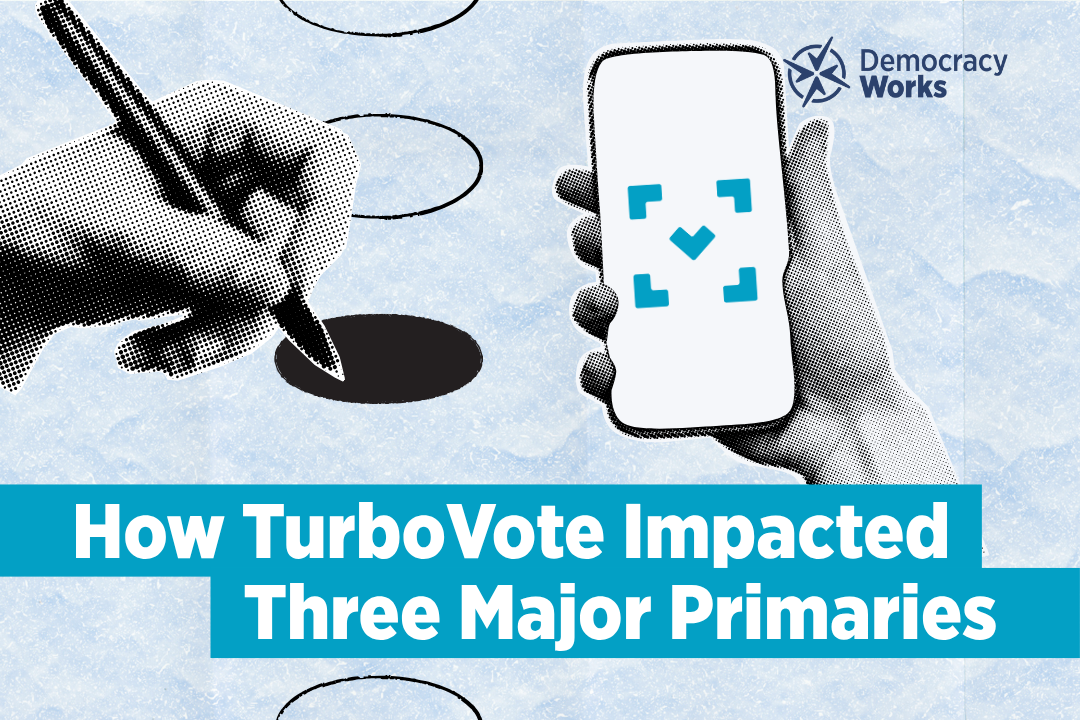
.png)

.png)
.png)

















